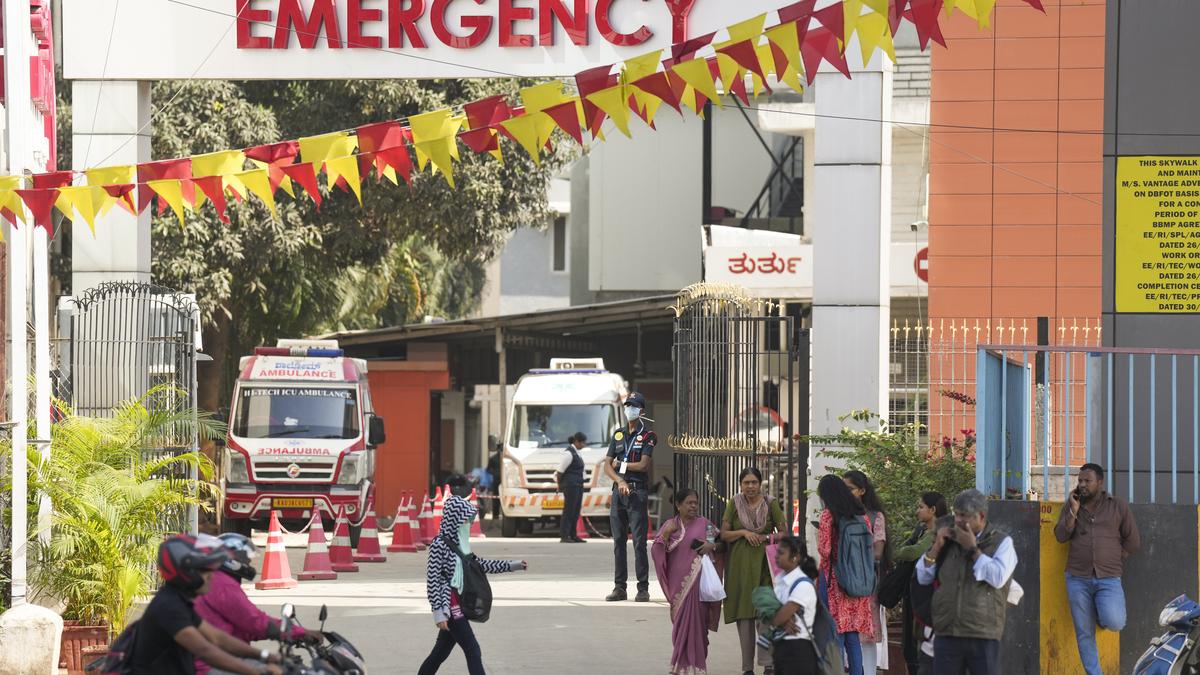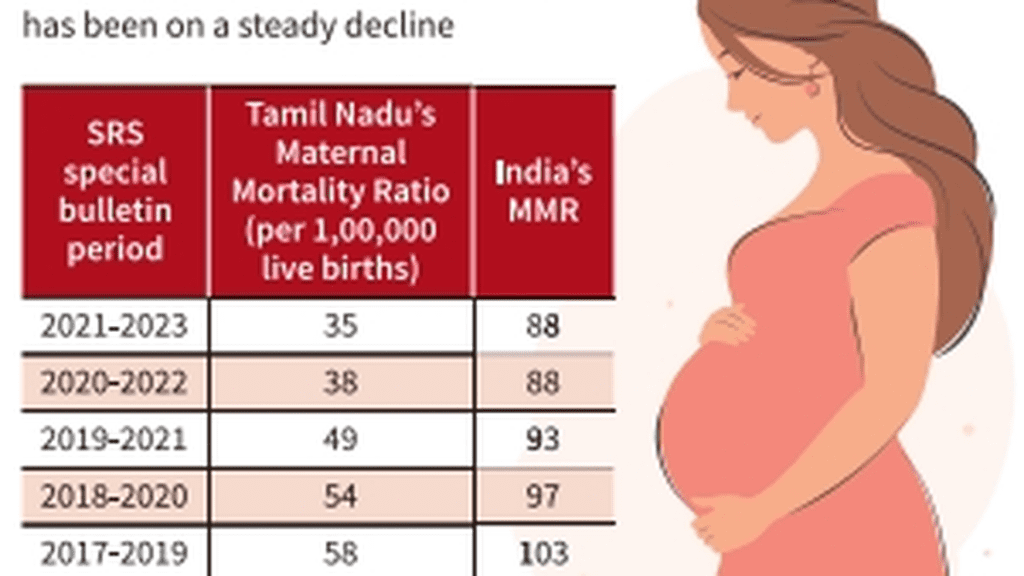Doctors say by the age of 5, every child would have been exposed to HMPV

Doctors say by the age of 5, every child would have been exposed to HMPV
Allaying concerns over the spread of Human Metapneumovirus (HMPV) following the detection of two cases in Bengaluru, doctors on Tuesday said the virus is commonly detected in children under the age of five, and by this age, most individuals would have had at least one HMPV infection.
While the virus shares transmission characteristics with COVID-19, such as spread through respiratory droplets, it is generally less severe. In India, HMPV is responsible for approximately 3% of respiratory infections, with estimates suggesting that it causes 10-12% of respiratory illnesses in children.
Chikkanarasa Reddy, professor of paediatrics at Bangalore Medical College and Research Institute (BMCRI), said the virus has been in circulation for over 20 years. “It is part of a respiratory viral panel test, which detects other pathogens for respiratory infections. It is known to contribute around 5% to 10% of all respiratory infections in the country,” he said.
Stating that it is a common and self-limiting virus, Dr. Reddy said that usually during winter, cases of seasonal influenza and respiratory ailments are on the rise. “People need to be aware and there is no cause for alarm,” he said.
Rajath Athreya, Lead Neonatologist and Senior Consultant Paediatrician at Rainbow Children’s Hospital, Sarjapur Road, said HMPV is not new and paediatricians see seasonal surges almost every year. “This virus has always been in circulation especially in cooler months of the year. It is so common that by the age of five, every child would have been exposed to it. The China angle has given it more attention this year,” he said.
Pointing out that it spreads from person to person and from surfaces to people like other respiratory viruses, Dr. Athreya, who was part of the State’s COVID-19 Technical Advisory Committee (TAC), said HMPV primarily causes respiratory symptoms similar to influenza, including fever, cough, nasal congestion, and shortness of breath. In severe cases, especially among young children and the elderly, it can lead to pneumonia.
“Very rarely is the illness severe, especially in infants, requiring hospitalisation and oxygen. If it leads to pneumonia, the infants may need respiratory support and admission to ICU. This scenario is extremely rare,” Dr Athreya said.
Sunil Kumar K., Lead Consultant – Interventional Pulmonology at Aster CMI Hospital, said co-circulation of HMPV with other respiratory pathogens, including influenza and Mycoplasma pneumonia, as reported in China, can complicate clinical outcomes and pose additional challenges to public health systems. However, it is generally less severe.
All the doctors said preventive strategies such as maintaining good hand hygiene, wearing masks in crowded places, and practicing respiratory etiquette, such as covering coughs and sneezes are advisable.
“It is also advisable to avoid close contact with individuals exhibiting respiratory symptoms. Given the absence of a vaccine, these measures are crucial in controlling the spread of the virus,” they added.










